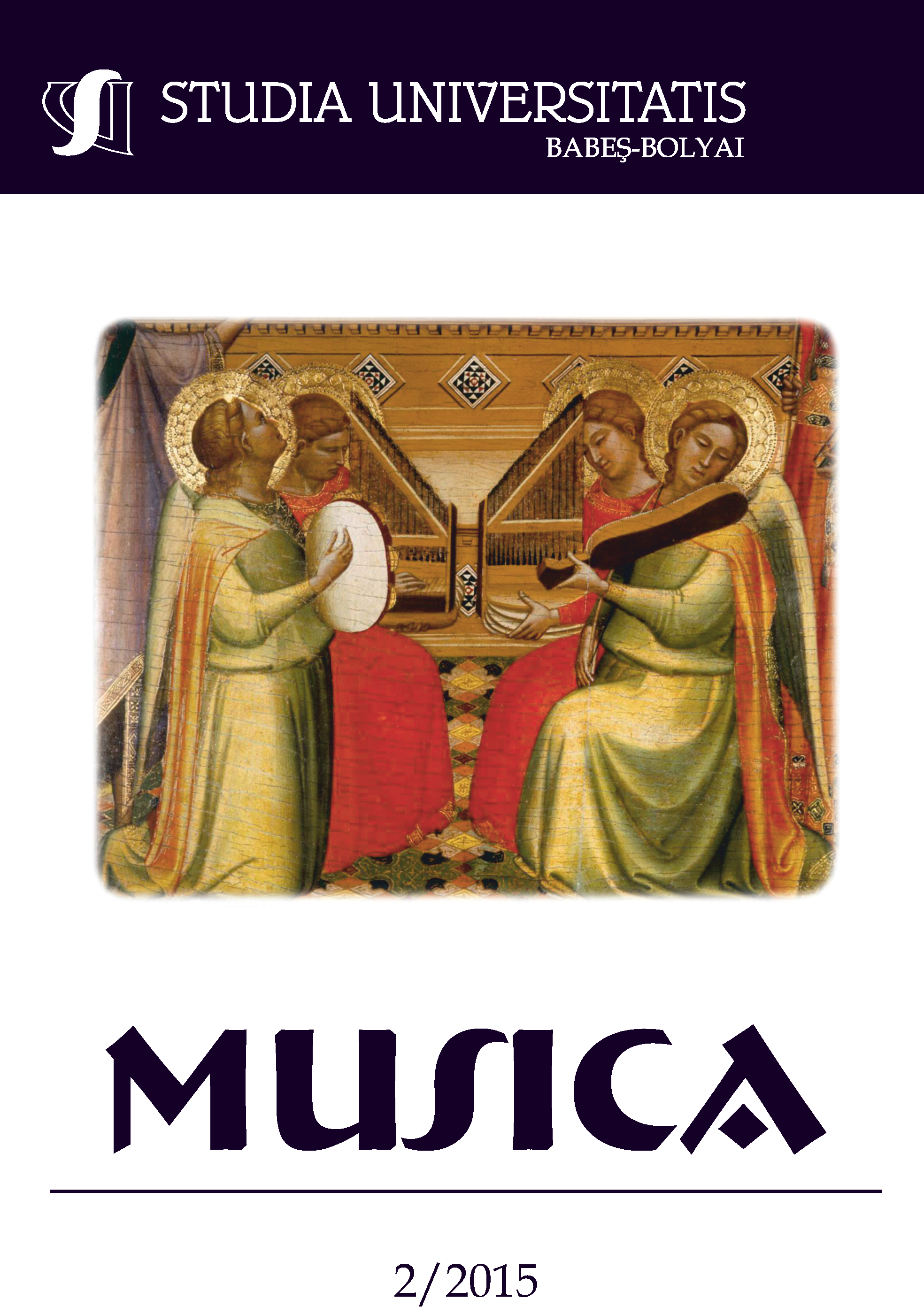THE CIRCLE SYMBOL IN MUSIC EDUCATION
Keywords:
symbol, kindergarten, music education, circle, circle games, singing games, folklore, personal developmentAbstract
In this paper, we examine whether the use of the circle symbol can enhance achieving this flow state, thus achieving deeper knowledge, and also, how the circle can be present in musical education. Through content analysis, we examine how the theory is put into practice, looking for the presentation of the circle symbol in dances, songs and other musical pieces. We reveal how and in what form, context and association the circle symbol appears in musical education. Our aim is to draw attention to the secrets of our surrounding world, the secrecy of the circle symbol in music. The circle, as a design in space, has a distinctive role in acoustic communication, which opens up the infinity of the musical cosmos through its individual and community building force. The ancient circle walks and dances are joint experiences of wholeness. The relevance of the research is the better understanding of the musical projection of the circle symbol, which can broaden perspective in school education.References
Alleau, René (1976): La science des symboles. Payot, Paris.
Borsai – Hajdu – Igaz (1977): Magyar népi gyermekjátékok. Tankönyvkiadó, Budapest.
Brugger, Walter (2005): Filozófiai lexikon. Szent István Társulat, Budapest.
Csíkszentmihályi Mihály (2011): A fejlődés útjai. Nyitott Könyvműhely, Budapest.
Csörgő Zoltán (2010): Bologna tíz éve. In: Modern iskola: oktatás-módszertani magazin. 2010., 4. évf. 1. sz. p. 22-23.
Dobszay László (1984): A magyar dal könyve. Zeneműkiadó, Budapest.
Dömötör Tekla (főszerk.) (1990): Magyar Néprajz VI. Népzene, néptánc, népi játék. Akadémiai Kiadó, Budapest.
Eliade, Mircea (1976): Initation, rites, societes secretes. Gallimard, Paris.
Eliade, Mircea (1993): Az örök visszatérés mítosza, avagy a mindenség és a történelem. Európa Könyvkiadó, Budapest.
Eliade, Mircea (1997): Képek és jelképek. Európa Könyvkiadó, Budapest.
Eliade, Mircea (2006): Vallási hiedelmek és eszmék története. Osiris Kiadó, Budapest.
Forrai Katalin (1983): Ének az óvodában. Zeneműkiadó, Budapest.
Gardin, Nanon – Olorenshaw, Robert – Gardin, Jean – Klein, Olivier (2009): Szimbólumok lexikona. Saxum Kiadó, Budapest.
Hamvas Béla (1995): Scientia sacra I. Medio Kiadó, Budapest.
Hoppál Mihály – Jankovics Marcell – Nagy András – Szemadám György (1995): Jelképtár. Helikon Kiadó, Gyula.
Kerényi György (1938): Száz népi játékdal. Magyar Kórus, Budapest.
Martin György (1979): A magyar körtánc és európai rokonsága. Akadémiai Kiadó, Budapest.
Molnár V. József (1996): Világ –Virág. Örökség Alapítvány, Budapest.
Pál József- Újvári Edit (szerk.) (2001): Szimbólumtár. Balassi Kiadó, Budapest.
Rahner, Karl – Vorgrimler, Herbert (1980): Teológiai kisszótár. Apostoli Szentszék Könyvkiadója, Budapest.
Rezsohazy Rudolf (2006): Sociologie de valeurs. Armand Colin, Paris.
Sédillot, Carole – Zana, Elisabeth (2007): ABC du symbole. Grancher, Paris.
Simonfi Zsuzsanna (2011): Szakrális mozdulat a reformpedagógiában. In: Sanda István Dániel – Simonfi Zsuzsanna: Nevelés a szakralitás dimenziójában. Gondolat Kiadó, Budapest. 99-159.
Szarkáné Horváth Valéria (1998): Az óvodai ének-zene foglalkozások módszertana. Nemzeti Tankönyvkiadó, Budapest.
Tánczos Vilmos (2007): Szimbolikus formák a folklórban. Kairosz Kiadó, Pécs.
Tátrai Zsuzsanna - Karácsony Molnár Erika (1997): Jeles napok, ünnepi népszokások. Mezőgazda Kiadó és Planétás Kiadó közös munkája, Budapest.
Vitányi Iván (2002): Érték és kultúra. In: Lappints Árpád (szerk.): Érték és nevelés. Comenius Bt., Pécs. 48-52.
Downloads
Published
How to Cite
Issue
Section
License
Copyright (c) 2015 Studia Universitatis Babeș-Bolyai Musica

This work is licensed under a Creative Commons Attribution-NonCommercial-NoDerivatives 4.0 International License.






